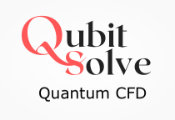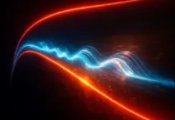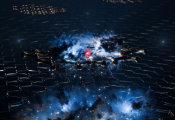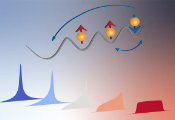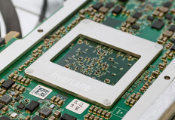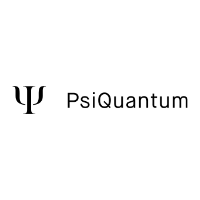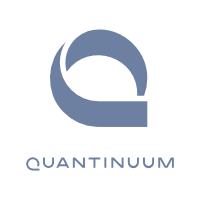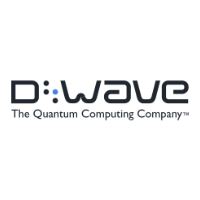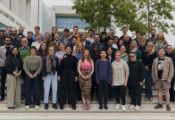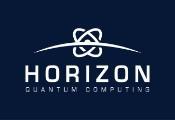Quantum Computers Simulate Fundamental Physics
June 04 2025 -- Fundamental forces in nature are described by complex theoretical models. However, understanding them is challenging due to the complexity of simulating these models, which is beyond the capabilities of conventional supercomputers. A research team from the Technical University of Munich (TUM), Princeton University, and Google Quantum AI has now demonstrated that quantum computers are a powerful tool to investigate such fundamental physics and to glimpse into the dynamics of the building blocks of nature.
The research, published in the academic journal Nature, represents an essential step in quantum computing and demonstrates its potential by directly simulating fundamental interactions with Google's quantum processor. In the future, researchers could use this approach to gain deeper insights into particle physics, quantum materials, and even the nature of space and time itself. The aim is to understand how nature works at its most fundamental level, described by so-called gauge theories.
Determining the fundamental rules of the universe
"Our work shows how quantum computers can help us explore the fundamental rules that govern our universe," says co-author Michael Knap, Professor of Collective Quantum Dynamics at the TUM School of Natural Sciences. "By simulating these interactions in the laboratory, we can test theories in new ways."
Pedram Roushan, co-author of this work from Google Quantum AI emphasizes: “Harnessing the power of the quantum processor, we studied the dynamics of a specific type of gauge theory and observed how particles and the invisible ‘strings’ that connect them evolve over time.”
Tyler Cochran, first author and graduate student at Princeton, says: “By adjusting effective parameters in the model, we could tune properties of the strings. They can fluctuate strongly, become tightly confined, or even break.” He explains that the data from the quantum processor reveals the hallmark behaviors of such strings, which have direct analogs to phenomena in high-energy particle physics. The results underscore the potential for quantum computers to facilitate scientific discovery in fundamental physics and beyond.


